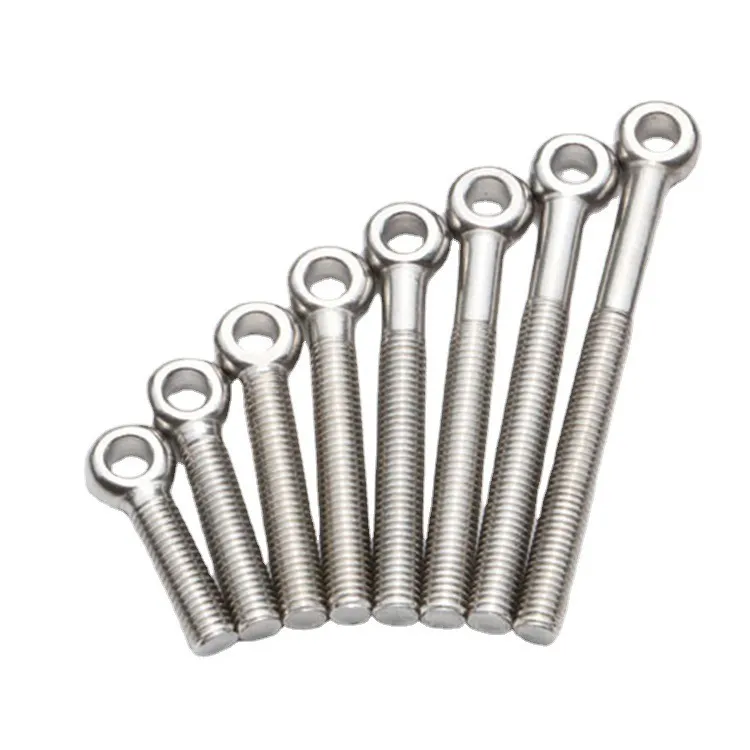

Understanding Spring Washers and Washers for Improved Mechanical Performance
Dec . 11, 2024 07:29 Back to list
Understanding Spring Washers and Washers for Improved Mechanical Performance
Understanding Spring Washers and Washers Applications and Differences
When it comes to various mechanical assemblies, fasteners play a crucial role in ensuring stability and functionality. Among these fasteners, two types that often come into play are washers and spring washers. While they may seem similar in their purpose of distributing load and preventing components from loosening, they serve different functions and are designed for specific applications. This article delves into the characteristics, uses, and differences between spring washers and regular washers.
What are Washers?
Washers are flat, disk-shaped components typically made of metal, plastic, or rubber. Their primary function is to provide a smooth bearing surface for bolts and nuts in mechanical assemblies. Washers help distribute the load of the fastener evenly over the surface, which minimizes the chance of damage to the material and prevents the fastener from loosening due to vibration or thermal expansion. They can also protect materials from corrosion, as they can act as a barrier between dissimilar metals.
Washers come in various shapes and sizes, with the most common types being flat washers, lock washers, and sealing washers. Flat washers are used in everyday applications, while lock washers (or locking washers) are designed to prevent loosening. Sealing washers are utilized in plumbing and hydraulic applications, as they provide a tight seal to prevent leaks.
What are Spring Washers?
Spring washers, on the other hand, are designed to provide a greater degree of flexibility and resilience compared to standard washers. These washers are often made of spring steel and are characterized by their ability to exert force when compressed or extended. The most common type of spring washer is the helical spring washer, which compresses when a load is applied, and expands when the load is removed. This property allows spring washers to maintain tension and prevent loosening, making them particularly useful in dynamic applications where vibrations are prevalent.
spring washer and washer

Spring washers come in various forms, including split washers, wave washers, and conical (Belleville) washers. Each type is designed for specific applications. For instance, split washers are designed to grip the fastener as it is tightened, adding a level of locking mechanism, while wave washers distribute a load across a larger area, suitable for applications where space is limited.
Key Differences Between Washers and Spring Washers
While both washers and spring washers serve the purpose of enhancing a mechanical joint, their applications differ significantly. The fundamental difference lies in their design and functionality. Regular washers primarily focus on load distribution and protecting surfaces, whereas spring washers aim to provide elasticity and prevent loosening due to vibrations.
In terms of applications, you will find regular washers in a wide range of installations, from furniture assembly to structural applications. Spring washers, on the other hand, are typically found in automotive, aerospace, and other high-vibration environments where loose fasteners can pose safety risks.
Conclusion
Both washers and spring washers play vital roles in ensuring the efficacy and safety of mechanical assemblies. Understanding the differences and appropriate applications for each type is crucial for engineers and DIY enthusiasts alike. By selecting the right type of washer for the intended application, one can enhance the durability and reliability of the assembly, ultimately leading to improved performance and safety.
Latest news
-
Hot Dip Galvanized Bolts-About LongZe|High Strength, Corrosion Resistance
NewsJul.30,2025
-
High-Strength Hot Dip Galvanized Bolts - Hebei Longze | Corrosion Resistance, Customization
NewsJul.30,2025
-
Hot Dip Galvanized Bolts-Hebei Longze|Corrosion Resistance&High Strength
NewsJul.30,2025
-
High-Strength Hot-Dip Galvanized Bolts-Hebei Longze|Corrosion Resistance&High Strength
NewsJul.30,2025
-
Hot Dip Galvanized Bolts-Hebei Longze|Corrosion Resistance&High Strength
NewsJul.30,2025
-
Hot Dip Galvanized Bolts - Hebei Longze | Corrosion Resistance, High Strength
NewsJul.30,2025

